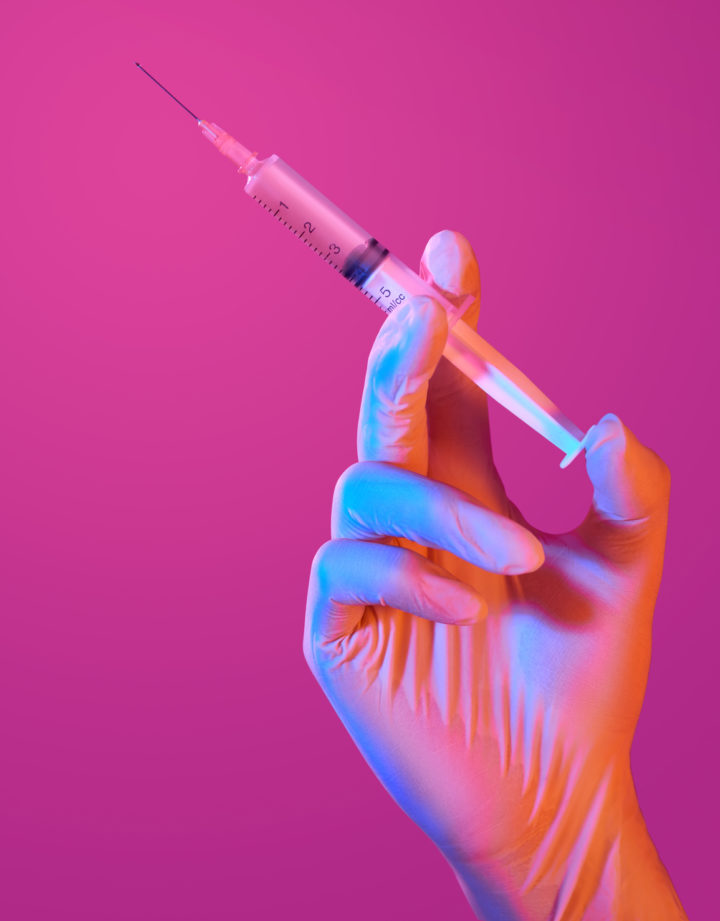Navigating the labyrinth of prenatal care can be daunting, especially when it comes to understanding the myriad of blood tests and their implications for both mama and baby. The complexity of managing and interpreting tests like hemoglobin, hematocrit, and ferritin for expectant mothers adds another challenge. Each test serves a critical function: hemoglobin measures the part of the blood that transports oxygen, hematocrit assesses blood volume, and ferritin gauges stored iron levels, essential for preventing iron deficiency anemia. Amidst these vital evaluations, pregnant women are often left pondering which tests are necessary, when they should be taken, and how to interpret their results. This confusion is compounded by the fact that iron needs surge by 1.5 times during pregnancy, making the stakes even higher. As such, ensuring optimal health during pregnancy involves frequent consultations with healthcare providers and a proactive approach to understanding and managing one’s blood health—a vital yet intricate part of prenatal care.
To help clarify this complex area, we sat down with Stephanie Middleberg, a registered dietitian and author with extensive experience in maternal nutrition. Drawing from her decade-long practice guiding expectant mothers, Stephanie emphasized the importance of tailored nutritional strategies that align with the necessary blood tests during pregnancy. Her holistic approach focuses on the tests and how diet can optimize maternal health and fetal development. Through her forthcoming book, “The Big Book of Pregnancy Nutrition,” Stephanie aims to empower women with knowledge and practical advice on navigating prenatal nutrition, highlighting the synergy between what you eat and the outcomes of these critical blood tests.
TEST: Iron: Ferritin, hematocrit, hemoglobin
Hemoglobin is a crucial component of the blood that transports oxygen from the lungs to various tissues throughout the body, while ferritin indicates stored iron levels. Low iron levels can lead to conditions such as iron deficiency and iron deficiency anemia, which occurs when there are not enough healthy red blood cells to carry adequate oxygen to the body’s tissues. During pregnancy, a woman’s iron needs increase by 1.5 times, and approximately 40% of pregnant women worldwide experience iron deficiency, particularly in the third trimester. Obstetricians typically screen for iron deficiency during the first prenatal labs and possibly midway through the pregnancy. However, if symptoms like weakness, an inability to maintain body warmth, shortness of breath, paleness, or a rapid heartbeat occur at any point, it’s crucial to consult a doctor to check iron levels. Iron deficiency anemia is associated with serious complications such as low birth weight and delayed neurocognitive development in newborns. To prevent this, taking an iron supplement and consuming a diet rich in absorbable iron is advisable. The most effective forms of iron during pregnancy come from animal proteins, known as heme iron, which include red meat, poultry, fish, liver, and other organ meats. Although plant-based forms of iron, or non-heme iron, such as cooked spinach, kale, beans, lentils, tofu, and pumpkin seeds, are less efficiently absorbed, they are still important dietary sources of iron.
TEST: B12
Vitamin B12 deficiency is a common issue during pregnancy, particularly affecting women who follow a vegan or vegetarian diet, those who have used birth control for extended periods, individuals who frequently use antacids due to gastrointestinal issues like heartburn, and those diagnosed with celiac disease. Research indicates that 38% of all pregnant women are deficient in vitamin B12 at the time of delivery, with the rate rising to 62% among vegetarian pregnant women. This deficiency is concerning as low levels of vitamin B12 have been linked to several adverse pregnancy outcomes, including preterm birth, early miscarriage, preeclampsia, neural tube defects, and small size for gestational age.
Fortunately, B12 deficiency is relatively easy to prevent and address. Healthcare providers typically recommend taking a B12 supplement and incorporating B12-rich foods into one’s diet. Effective dietary sources of vitamin B12 include red meat, poultry, organ meats, salmon, sardines, shellfish, and full-fat dairy products such as Greek yogurt, cottage cheese, and hard cheeses. By ensuring adequate intake of vitamin B12, pregnant women can significantly mitigate the risks associated with its deficiency.
TEST: Hemoglobin AIC
The Hemoglobin A1C test provides valuable insights into your blood sugar levels over the past three months, offering a broader perspective than the instantaneous snapshot of fasting blood glucose tests. Despite the significance of blood sugar management, the majority of pregnant women are not tested for gestational diabetes until weeks 24-28 of their pregnancy. Given the potential complications associated with high blood sugar levels, it’s worth considering early testing. An A1C level of 5.7 or higher is indicative of prediabetes, and research strongly suggests that such levels at the onset of pregnancy can be predictive of gestational diabetes. If your levels are elevated early on, there’s no need for undue concern. Instead, this early discovery provides a crucial opportunity to take proactive steps towards managing your blood sugar right from the start of your pregnancy, helping to ensure your health and that of your baby.
TEST: Vitamin D
Vitamin D deficiency is a common concern and the risk increases during pregnancy. While most prenatal vitamins include Vitamin D, they often do not contain sufficient amounts to elevate levels to a normal range, generally considered at least thirty nanograms per milliliter. However, reaching this baseline may not be enough for optimal health; a more desirable target is around forty nanograms per milliliter. Depending on your lab results and the contents of your prenatal vitamin, you might need to supplement with additional Vitamin D, potentially ranging from 2,000 IU to 5,000 IU daily. It is important to monitor your levels closely because it is possible to have too much Vitamin D. Consulting with your healthcare provider and conducting follow-up tests will ensure your levels stay within a healthy range. Since Vitamin D is difficult to obtain in adequate amounts from food alone, supplementation is often necessary. Additionally, Vitamin D is fat-soluble, meaning it’s best absorbed when taken with food. Aim for at least 30 minutes of sun exposure daily to naturally boost your Vitamin D levels.




